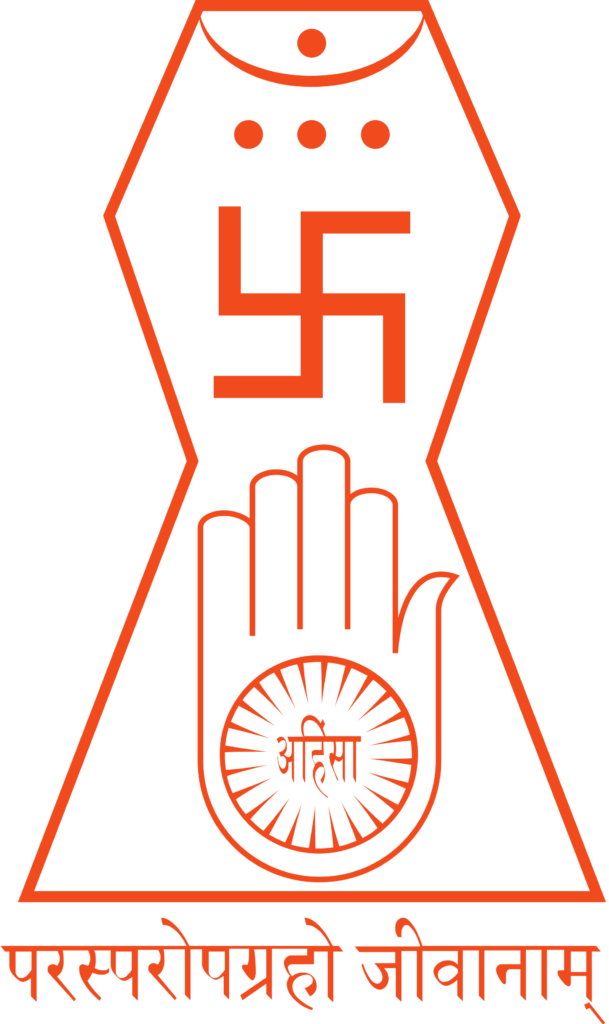Religious Movement of Ancient India UPSC-PREPARATION-ONLINE
Religious Movement of Ancient India
A religious movement raised in India in 600 BC, which agitated the Indian public intellectually. 6th century BC Is considered to be the age of intellectual contemplation. At this time there were thinkers like Buddha and Mahaveer in India. At the same time there was an atmosphere of religious movement in the world. Pythagoras in Greece, Jatathrusht in Iran, Confucius, and Laotse in China.
In this period, traditional temporal religion was going at its own pace. In this, Indra Devata was considered as the head. He was called Shakra and Madhva. Brahma (Bamma) is also mentioned in Buddhist texts.
Rudra was considered as Shiva.
Changes in culture and economic factors of society led to the Religions of people. The caste system introduced on Vedic Culture was very rigid and interchange amongst the caste was impossible. The religious rebel was strong in India at that time 62 different religious came up but the two main Religions to have its origin in India during this era are Jainism and Buddhism.
Jainism

Jainism was found by Mahavir Vardhaman. This religion has twenty-four Tirthankaras, all of them belonged to the royal family. Jain Tirthankaras of two types and they are Rishabha and Arishtanemi. Four teachings of Jainism are
- Non-lying: Satya
- Non-Injury: Ahinsa
- Non-Stealing: Asatya
- Non-Possession: Aparigraha
Once Mahavira attained supreme knowledge he was also known as Jitendriya(one who has conquered all his sense), Nragrantha(free from all bounds), Mahavira (the brave). Jains are therefore the followers of Mahavira. Twelve Angas define Jainism completely and accurately Vallabhi has a written verse of there Angas.
Buddhism

Buddhism was found by Gautam Buddha. He attained his enlightenment at the age of 35. It is said that Buddha saw an old man dying out of suffering. Hence decided to go to seek mental peace. Buddha put forward and the eightfold path. The folds are Right Understanding, Right Speech, Right Thoughts, Right Action, Right Livelihood, Right Effort, Right Mindfulness, Right Concentration.
The development sequence is Mortality (Sheela) then Concentration (Samadhi) and then wisdom (Panna). Hence by following these steps you gain full enlightenment and can lead a righteous life. The 3 pillars of Buddhism is the Budhha, it’s founder, the Dhamma, his teachings, and the Sangha. The 1st pillar is the Buddha which represents the Gautam Budh himself. the Dhamma is his teachings which include the cycle of life. Altogether with rebirth, samadhi, and also wisdom attained.
Magadh was the center of this intellectual activity. The foundation of a huge empire was also falling in Magadh in this period.
The Vedic religion was absolutely trendy, Vedic Aryans always wished for best wealth and opulence. The protest against this ideology is seen in an enlightened class of society since the Rig Vedic era.
Before the rise of Jainism and Buddhism, there were many differences emerging. But this era is mainly seen full of Nivratti Margee ideology. There have been social, political, economic changes in this era. Where some people have adopted the Nivratti Margi religion by instinctual spiritual inspiration, some other people adopted it to get rid of social inferiority, economic difficulties.
It was natural for those people to get involved in such religious movements who were struggling with difficult social and economic difficulties, which contained the measures of emancipation for these difficulties.
There were many thinkers in addition to Buddha and Mahaveer Swami in this era, who played an important role in this religious movement.
